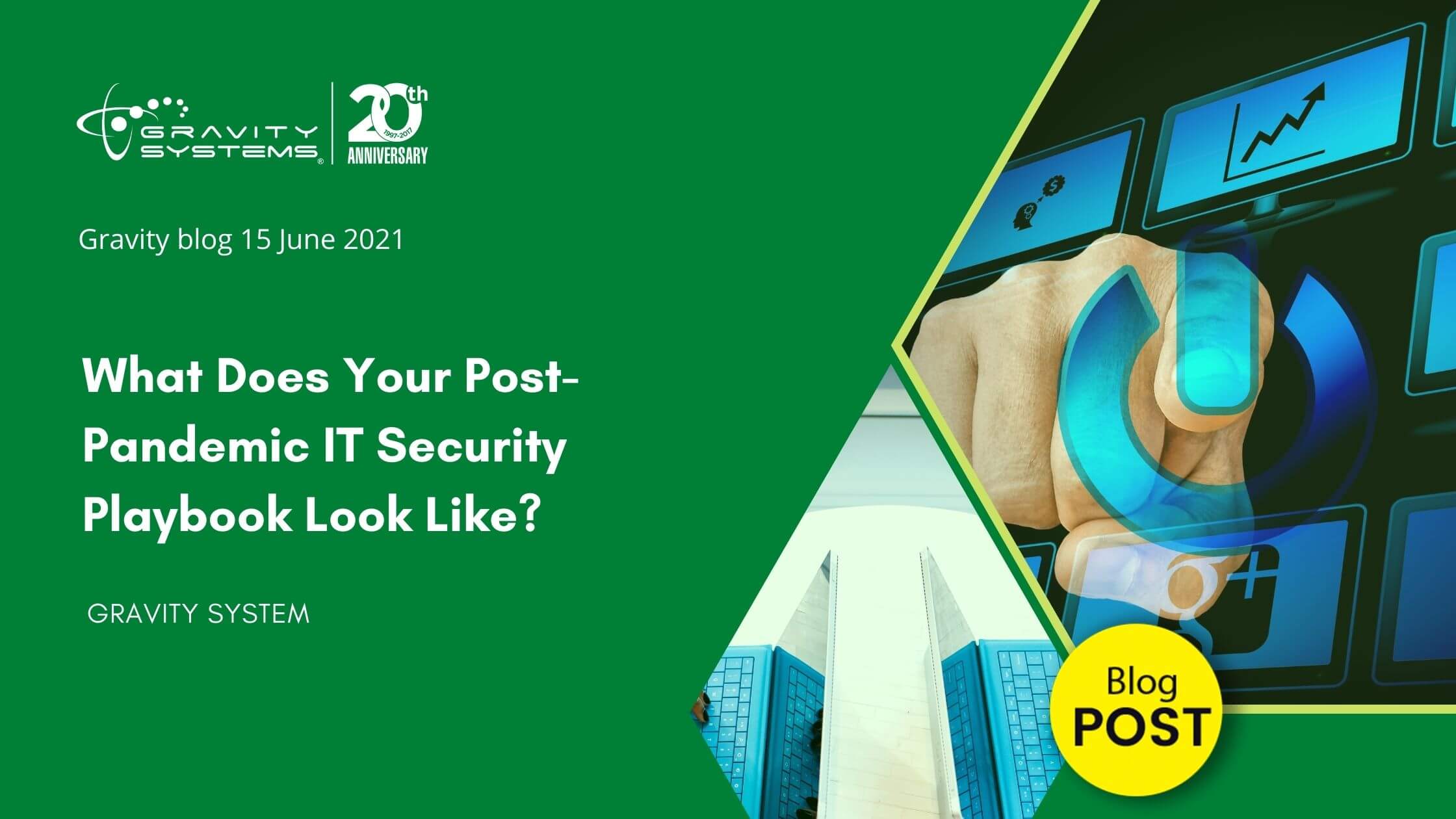The COVID-19 pandemic changed the way the world works. Where only a small fraction of company employees were working remotely before the pandemic enforced social isolation, today a much larger percentage now works regularly from home or through mobile computing devices. This major shift poses some big potential problems for IT system security. Let’s look at how the playing field has changed and what you might need to do to stay safely in the game.
To accommodate remote-work needs and challenges, countless businesses are making much heavier use of the cloud than before. But although the cloud makes remote project collaboration and server access remarkably effortless, it also decentralizes your control over data security to some degree. Your own servers’ firewalls and VPN protections won’t do much to safeguard your employees’ cloud usage habits, especially if those employees are using their own private devices to connect. These private connections may fall prey to cyberattackers.
Another issue concerns your IT department’s ability to diagnose and address off-site technology problems. If your core team lacks experience in this area, you may find yourselves fumbling to troubleshoot hardware failures, software glitches, and connection errors.
%20(1).jpg?width=2240&name=Finance%20department%20(7)%20(1).jpg)
You may also need to reconsider your IT disaster recovery plan. If your previous plan relied on “circling the wagons” by relocating your team to a central or different location, you might want to create a plan that switches your team to a dispersed, remote-work orientation instead. As we saw from COVID, this deployment can keep a business running productively even when on-site work is impossible. However, you’ll want to make sure your dispersed system uses properly secured mobile devices manned by employees who understand smart security practices.
If you need to retool your post-pandemic security measures, contact our Austin IT managed services team at Gravity Systems. We can help!




